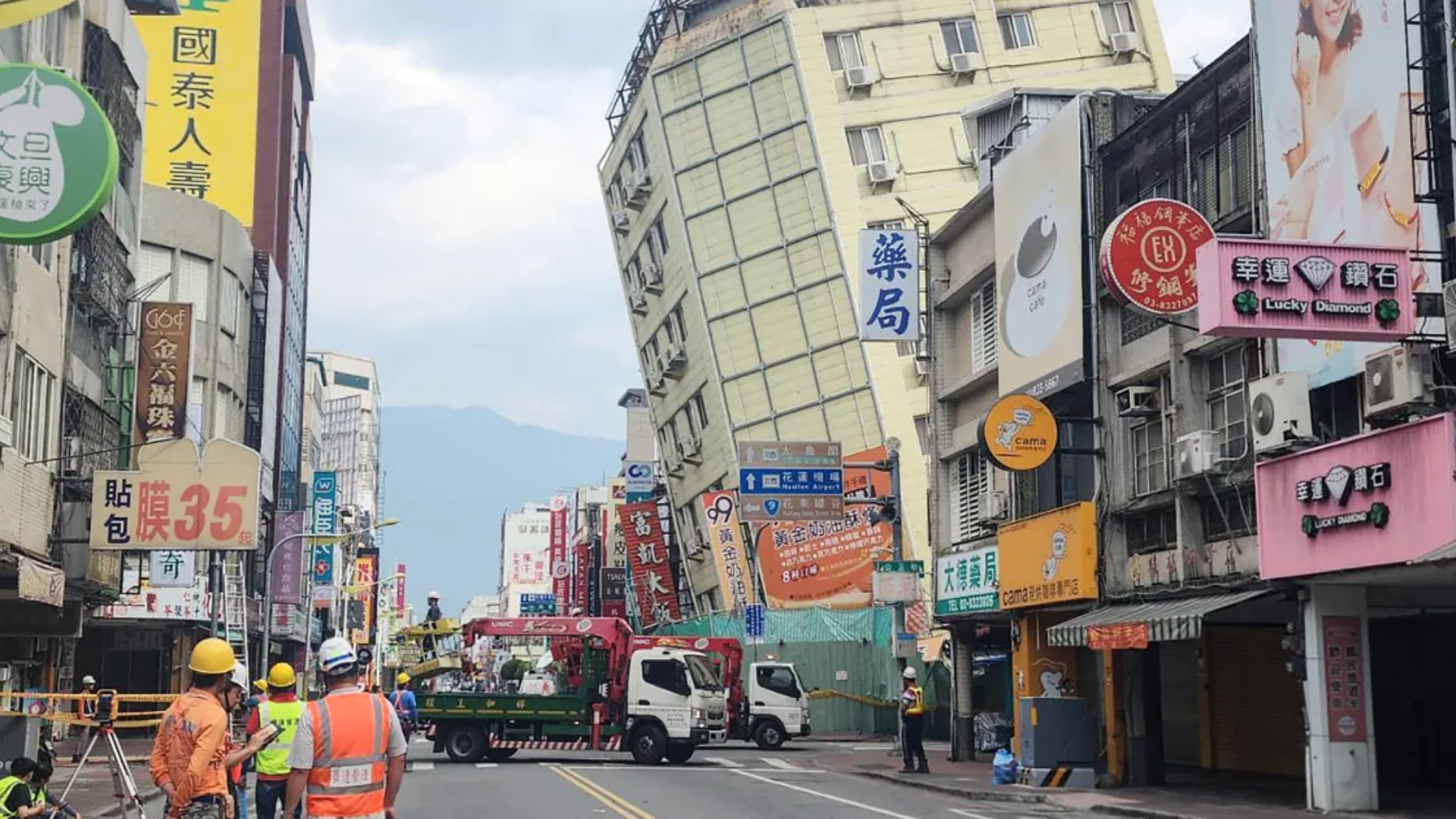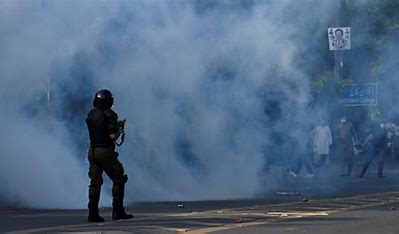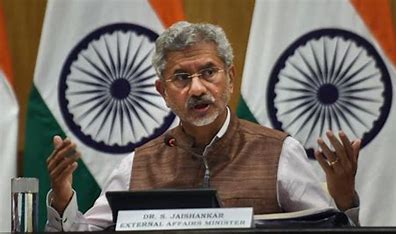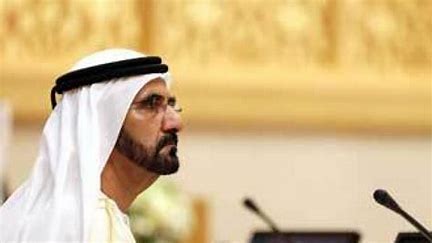
Taiwan’s Hualien city, already reeling from a powerful 7.2 magnitude earthquake earlier in April that claimed 17 lives, faced a barrage of over 200 aftershocks on Monday and Tuesday. Despite the frequent tremors, the region reported minimal damage and no casualties. Notably, major chipmaker Taiwan Semiconductor Manufacturing Co (TSMC) confirmed no disruption to its operations.
The aftershocks, a result of the initial quake, caused buildings across Taiwan, including in Taipei, to sway with the largest aftershock registering a 6.3 magnitude. Residents recounted moments of fear and resilience, with many adhering to safety protocols despite the late-night tremors.
“Especially at 2 a.m., it shook very strongly. In fact, for a moment even I thought about rushing downstairs, but as we live on the sixth floor, I felt it a bit troublesome to go down,” said Taipei resident Aden Peng, 44, a medical researcher.
Taiwan’s Central Weather Administration attributed the seismic activity to aftershocks and warned of potential further disruptions, particularly with heavy rain predicted for the week. President Tsai Ing-wen urged caution, emphasizing safety measures during earthquakes.
“When an earthquake occurs, don’t panic. Master the principle of ‘duck, cover, stay put’,” President Tsai Ing-wen wrote on her Facebook page.
Although some buildings in Hualien suffered additional damage, there were no new casualties reported. TSMC, a vital player in Taiwan’s economy, assured normalcy in its operations despite evacuating staff from select factories.
Investors remained unfazed by the earthquake, with TSMC’s stocks closing positively. However, in Hualien, road closures due to rockfalls and a temporary suspension of work and school highlighted the ongoing challenges faced by the region.
Taiwan’s geographical location near tectonic plate boundaries makes it susceptible to earthquakes, with historical events like the devastating 1999 quake serving as a reminder of the country’s seismic vulnerability.















